Providing high-reliability components for industrial control
0086-0577-62715557
popular articles
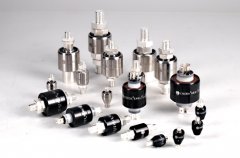
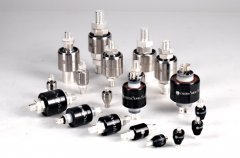
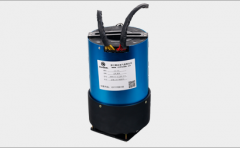
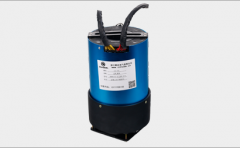
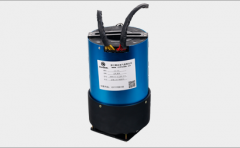

 0086-0577-62715557
0086-0577-62715557 Economic Development Zone, Yueqing City, Zhejiang Province
Economic Development Zone, Yueqing City, Zhejiang ProvinceConductive slip rings enable electrical current to flow from stationary to torsional equipment in virtually any torsional mechanical tissue component that requires power and data connections. Therefore, twisting the conductive slip ring has a significant impact on the reliability and running performance of the equipment.
The self-defined conductive slip ring may meet various requirements of customers. Including current, lamp type, working temperature, mechanical vibration, working speed, etc. Applications include semiconductor production equipment, wind turbines, industrial automation equipment, medical equipment, and more. Slip rings have seen more widespread adoption in vertical markets in recent years, spurred by the Internet of Things (IoT) and automation industries.
Whether in traditional industries or high-tech applications, related trends are driving the demand for slip rings to accommodate higher channels and higher data transfer rates. Some of the new requirements have also translated into the need to design and manufacture slip rings that may handle power and digital signals, while delivering high data integrity through advanced RF and EMI immunity technologies.
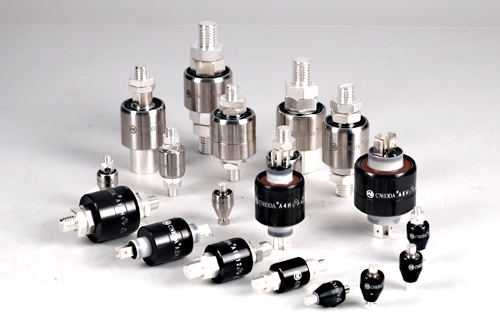
A conductive slip ring acts as an electrical connection, allowing power (current) to be transferred from stationary equipment to twisting equipment.
It provides a form of physical contact for the twist transfer of power or data, avoiding the eventual breakage of wires in twist machines. An electrical slip ring consists of five main components - brushes (sliding contact), conductor rings, ball bearings, rotor and housing.
The conductor rings make sliding contact during the stationary brush process, forming a torsional electrical connection. The conductor ring is mounted on the rotor. Wires are attached to the inside of the brushes and conductor rings, providing electrical connections to both sides of the slip ring. External electrical connection options include leads, connectors and terminal blocks.
Slip rings are available in a variety of sizes - from less than 1 inch to several feet in diameter, including the number of channels, termination type and material. Generally speaking, the smaller the size of the conductor ring, the less wear on the sliding contact and the longer the life of the slip ring. However, in some cases a larger conductor loop is required to allow a medium (eg fluid) process hose or pipe to pass through the center. Slip rings may be mounted on the shaft or in the shaft cavity, with flanges, threaded rotors, sliding joints.